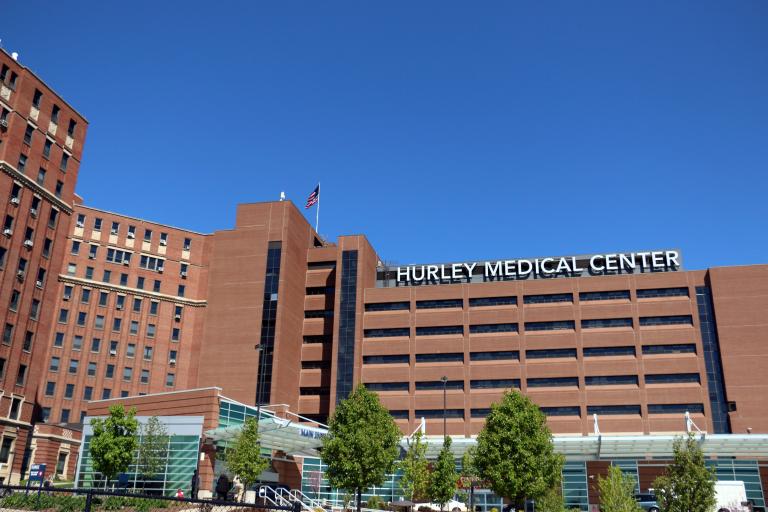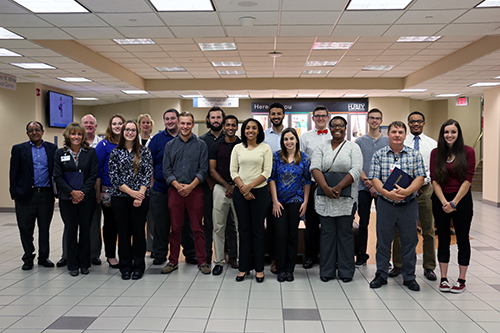
“The Hurley team was very impressed with the speed at which the students understood the processes that they were reviewing, and the depths of their recommendations.”
Kettering University Industrial Engineering students recently worked with Hurley Medical Center for their capstone project, helping the Flint hospital plan ways to be more organized and efficient in the operating rooms.
The students spent their time focusing on orthopedic surgeries, meeting with surgeons, hospital technicians, administrators and other hospital staff to observe the process, gather information and create recommendations for a smoother, more time efficient process.
This was the third project undertaken with Hurley Medical Center. During this project, students worked alongside Dr. Petros “Pete” Gheresus, Robert and Claire Reiss Chair of Industrial Engineering at Kettering University.
“We are so excited to have this continued partnership with Kettering. It is great to have such a wealth of talented students and professors nearby,” said Melany Gavulic ‘91, Hurley President and CEO. “The Hurley team was very impressed with the speed at which the students understood the processes that they were reviewing, and the depths of their recommendations. Hospital processes are ripe for the application of industrial engineering concepts and we hope that the students experience with us was as beneficial as we found their recommendations to be.”
Gheresus and Kettering students have worked with Hurley on multiple projects including optimizing parking lots space allocations, internal and external signage for better navigation, and optimal patient flow through the hospital. It’s a chance for the students to apply their academic knowledge to solve real world problems. For this most recent project, which took place over 10 weeks, 14 students partnered with Hurley to create some recommendations and suggestions in hopes of decreasing wasted time setting up, cleaning up and finding needed medical items.
“The whole idea is to optimize the process in all aspects so the medical team can process more patients,” said Gheresus. “One of the missions of Kettering University is community vitality. What we are doing here is contributing to our community in the Flint area. For the students, a lot of things were learned from the project. One of those things is for them to work as a team and also be accountable for their project.”
Students looked at more efficient ways to lay out the orthopedic instruments, how to better organize and label surgery carts and where to place them in the hallways, if a two-tiered cart would be best in the operating room, how to organize the supply area and the best way to standardize procedures to allow for smoother and more efficient surgeries.
For Ahmed Alwhysee ‘17 this project was a way to get experience in the medical industry, as well as a way to help Hurley and the community.
“I like the business side of engineering and I like improving a project or design and making things better. It was a good experience working with the CEO, VPs and the person in charge of the OR and sitting at the table with them to discuss problems,” Alwhysee said. “At the same time it felt good to know that we are helping Hurley Medical Center and the patients they help. They accept everyone despite their insurance situation. It’s a way to help Flint in our own way.”
The project was a way for students to get the experience of working with a client and working through all the issues and solutions between the team and Hurley staff.
Gabby Taylor ‘18 was the liaison between the hospital and the students. With a short amount of time, the students were not able to study everything they wanted to, but they worked hard to suggest some solutions and future steps to gather more information.
“We learned more professionalism during the project. We observed Hurley staff’s business professionalism in the workforce,” Taylor said. “I learned the importance of working inside a hospital and inside of the community. There are always ways to improve.”